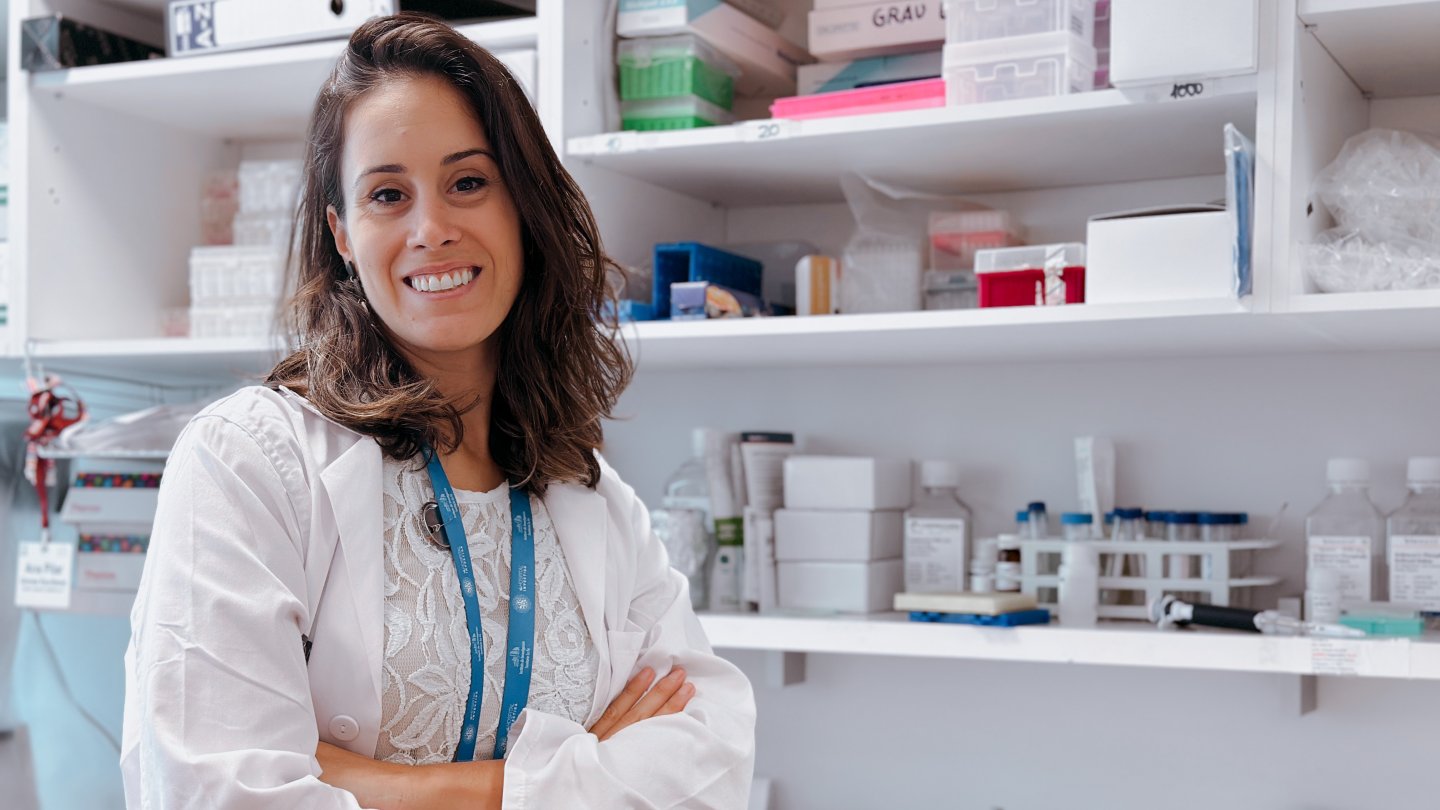News
ONCE and Instituto de Investigación Sanitaria La Fe collaborate in research on hereditary retinal dystrophies
ONCE and the Instituto de Investigación Sanitaria La Fe de Valencia collaborate in a research project to restore light to patients with Stargardt disease.

Stargardt disease is an inherited retinal dystrophy (RHD) mostly caused by pathogenic variants in the ABCA4 gene. This gene produces a protein responsible for eliminating harmful substances in the photoreceptors, the cells responsible for vision. When ABCA4 is missing or malfunctioning in a patient, damage to the photoreceptors occurs, resulting in vision problems.
The project in which ONCE collaborates with the Instituto de Investigación Sanitaria La Fe de Valencia explores a possible way to correct these harmful changes in the ABCA4 gene in order to reactivate it. To do so, it focuses on a specific variant that has been found in a large number of patients, at least in 2,259 cases. To develop the project, lymphocytes obtained from patients and controls would be used, in a non-invasive manner, through a peripheral blood collection. These lymphocytes will be immortalized by the CIBERER Biobank to extend their useful life and to be able to cultivate them indefinitely.
This therapy uses a single component that targets the location where the harmful variant is located and replaces it with the healthy variant. The system could be likened to the use of an eraser and a pencil, as the changes generated are not permanent, but reversible. This makes the strategy safer than other gene-editing methods.
"It is important to mention that, although in this case we are only working on correcting a specific variant, everything we learn and optimize could be useful for editing other variants in this gene or other genes associated with hereditary retinal dystrophies," says Dr. Ana Pilar Gómez Escribano, CIBERER postdoctoral researcher in the Molecular, Cellular and Genomic Biomedicine group at the La Fe Health Research Institute.







